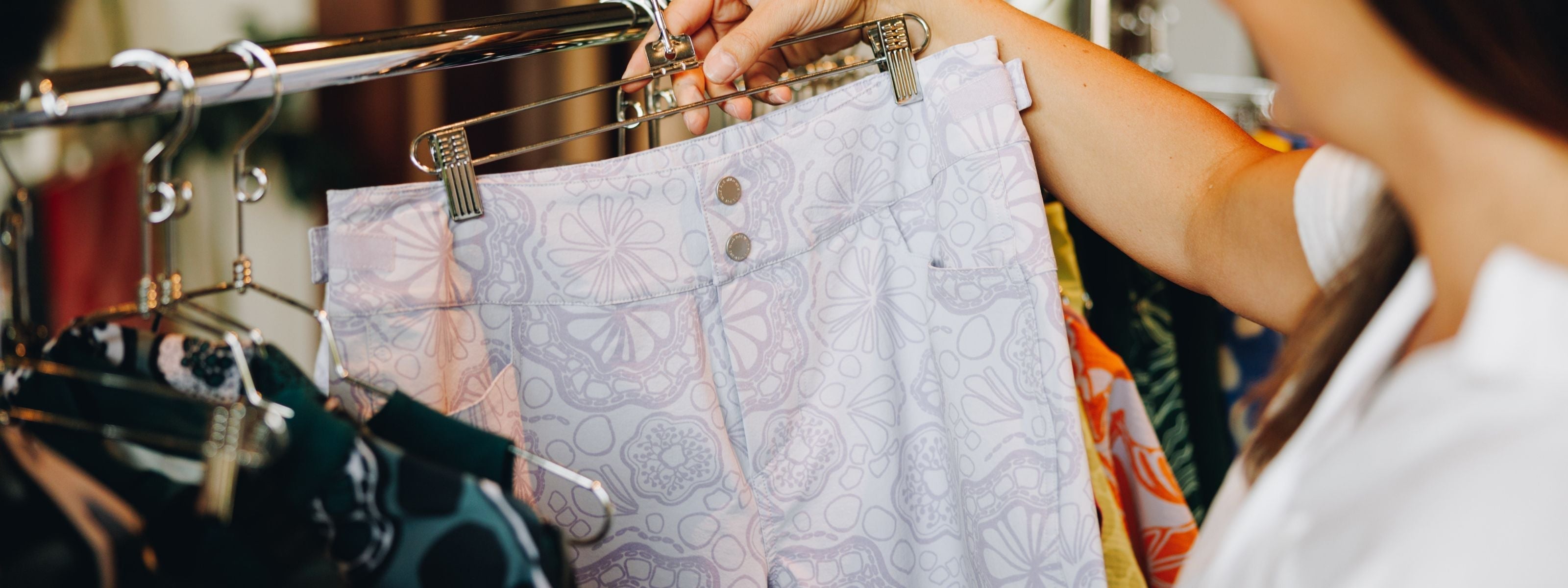
Behind the Seams: Why Making Outdoor Apparel Takes Guts (and a Lot of Cash)
Most people don’t think about how their gear gets made—they just know it works when they need it. But behind every great pair of bike shorts or ski bibs is a long (and expensive) process.
The reality is, manufacturing physical products—especially technical outdoor apparel—is a capital-intensive game. Brands typically spend hundreds of thousands, if not millions of dollars on production months (even years) before a single item hits shelves. We figured it might be worth pulling back the curtain and show you how it all works: the timelines, the risks, and why so many small brands struggle to scale.
Spoiler: it’s not because they’re doing it wrong—it’s because the system is built to be hard. We're basically a bunch of masochists.
How a Pair of Shorts Gets Made (And Paid For)
Let’s say we’re designing your next favorite MTB short. Before you ever see it, we’ve already: Spent 1-3 years designing it, sourced fabric and trims, sampled and tested it (multiple times), sold into retailers (but they don’t pay until it at least a month after it delivers), booked a production slot at the factory, paid for production, shipped it (across oceans and tariff lines), hoped we guessed the right size run and colors, and crossed fingers you love it as much as we do.
This all happens months to years before we see a dime from retailers or online sales. And because we hold inventory—rather than making products to order—we take on the risk of guessing how much you’ll want, in what sizes, and when. If we guess wrong? We're stuck. If we guess right? We sell out. Either way, the cash has already left the building.

Growing Isn’t Free
Here’s the double-edged sword: demand is growing (yay!). But in order to meet it, we have to invest more capital earlier. That’s the nature of scaling a product business. Want to sell more? You have to spend more—months before you earn it back.
And when you’re serving both direct-to-consumer and wholesale channels (like we are), that investment gets even bigger and more complex. Retailers place preorders, sure—but we still have to foot the manufacturing bill up front, long before any checks roll in.
Why Not Just Take VC Money?
Ah, venture capital. Sexy in theory, messy in practice. Here’s the deal:
Only 2% of VC dollars go to women-led businesses.
Many investors just don’t get lifestyle or outdoor brands—especially ones serving women.
VC often means growth at all costs—even if that cost is product quality, sustainability, or your brand’s soul.
We’re not here for that. We didn’t start Wild Rye to chase hockey-stick revenue charts or burn out our team trying to 10x overnight. We’re building something more meaningful—and more lasting.

So What Are We Doing Instead?
That brings us to why we’re raising capital on Wefunder. We’re turning to the people who do get it: you.
We’re raising up to $1 million on Wefunder—an equity crowdfunding platform that lets customers, fans, and outdoor-lovers invest directly in brands they believe in.
Your investment will help us:
Grow responsibly—with our values intact
Continue to bring you great product and community
Invest in systems to enable us to scale
Navigate tariff increases that have put outdoor brands in a chokehold
In return? You get to own a piece of Wild Rye. It’s not a pledge or a donation—it’s an investment in a women-led, values-driven brand that’s shaking up the outdoor industry. Your investment helps us grow—and if we do well, you share in that success.
We’ve always believed our community is our superpower. Now, we’re inviting you to be part of what’s next—not just as a customer, but as a co-owner.
👉 Check out our Wefunder campaign to learn more. Any burning questions?? Feel free to drop them in the comments below or join our free webinar on investing with Cassie Abel and Mel Strong.

![[Saffron] Danner 3/4 Zip saffron yellow flatlay](http://wild-rye.com/cdn/shop/files/DANNER_SAFFRON.jpg?v=1764970727&width=2160)
![[Saffron] Danner 3/4 Zip Saffron yellow front crop view](http://wild-rye.com/cdn/shop/files/WILDRYE4908.jpg?v=1764970727&width=2048)
![[Amethyst] Heyburn 3L Jacket in amethyst, flatlay](http://wild-rye.com/cdn/shop/files/WildRye_HeyburnJacket_Amethyst_1.jpg?v=1759164917&width=2048)
![[Amethyst] Heyburn 3L Jacket in amethyst, on model front crop view](http://wild-rye.com/cdn/shop/files/WILDRYE6636.jpg?v=1759165998&width=2048)
![[Shaded Spruce] Heyburn 3l bibs in shaded spruce, flatlay](http://wild-rye.com/cdn/shop/files/WildRye_HeyburnBib_Spruce_1.jpg?v=1759173988&width=2048)
![[Shaded Spruce] Heyburn 3l bibs in shaded spruce, on model front full body view](http://wild-rye.com/cdn/shop/files/WILDRYE6166.jpg?v=1759173988&width=2048)
![[Olive You] Freyah Pant Olive flatlay](http://wild-rye.com/cdn/shop/files/FREYA_OLIVEYOU.jpg?v=1757356787&width=2160)
![[Olive You] Freyah Pant Olive front full body view](http://wild-rye.com/cdn/shop/files/WILDRYE3613.jpg?v=1757436391&width=1815)
![[Storm Contour] Bassett Half zip in storm purple with light purple floral pattern, flatlay](http://wild-rye.com/cdn/shop/files/BassettHalfZip_StormContour.jpg?v=1757965879&width=2160)
![[Storm Contour] Bassett Half zip in storm contour, on model front crop view](http://wild-rye.com/cdn/shop/files/WILDRYE4159.jpg?v=1757965879&width=2048)
![[Chestnut Storm] Brown baselayer legging with purple colorblocked stripe on each leg, flatlay](http://wild-rye.com/cdn/shop/files/BassettLegging_Chestnut.jpg?v=1757963384&width=2160)
![[Chestnut Storm] chestnut storm blocked baselayer legging, on model front crop view](http://wild-rye.com/cdn/shop/files/WILDRYE4041.jpg?v=1757963384&width=2048)
![[Shaded Spruce] Payette insulated pullover in shaded spruce, flatlay](http://wild-rye.com/cdn/shop/files/WildRye_PayettePullover_Spruce_1.jpg?v=1758837674&width=2048)
![[Shaded Spruce] Payette insulated pullover in shaded spruce, on model front crop view](http://wild-rye.com/cdn/shop/files/WILDRYE5759.jpg?v=1758838275&width=2048)
![[Iris] Payete Insulated Pant in Iris purple with floral contrast stitching, flatlay](http://wild-rye.com/cdn/shop/files/WildRye_PayettePant_Iris.jpg?v=1758840409&width=2048)
![[Iris] Payette Insulated Pant in Iris purple, on model front crop view](http://wild-rye.com/cdn/shop/files/WILDRYE5496.jpg?v=1758840409&width=2048)
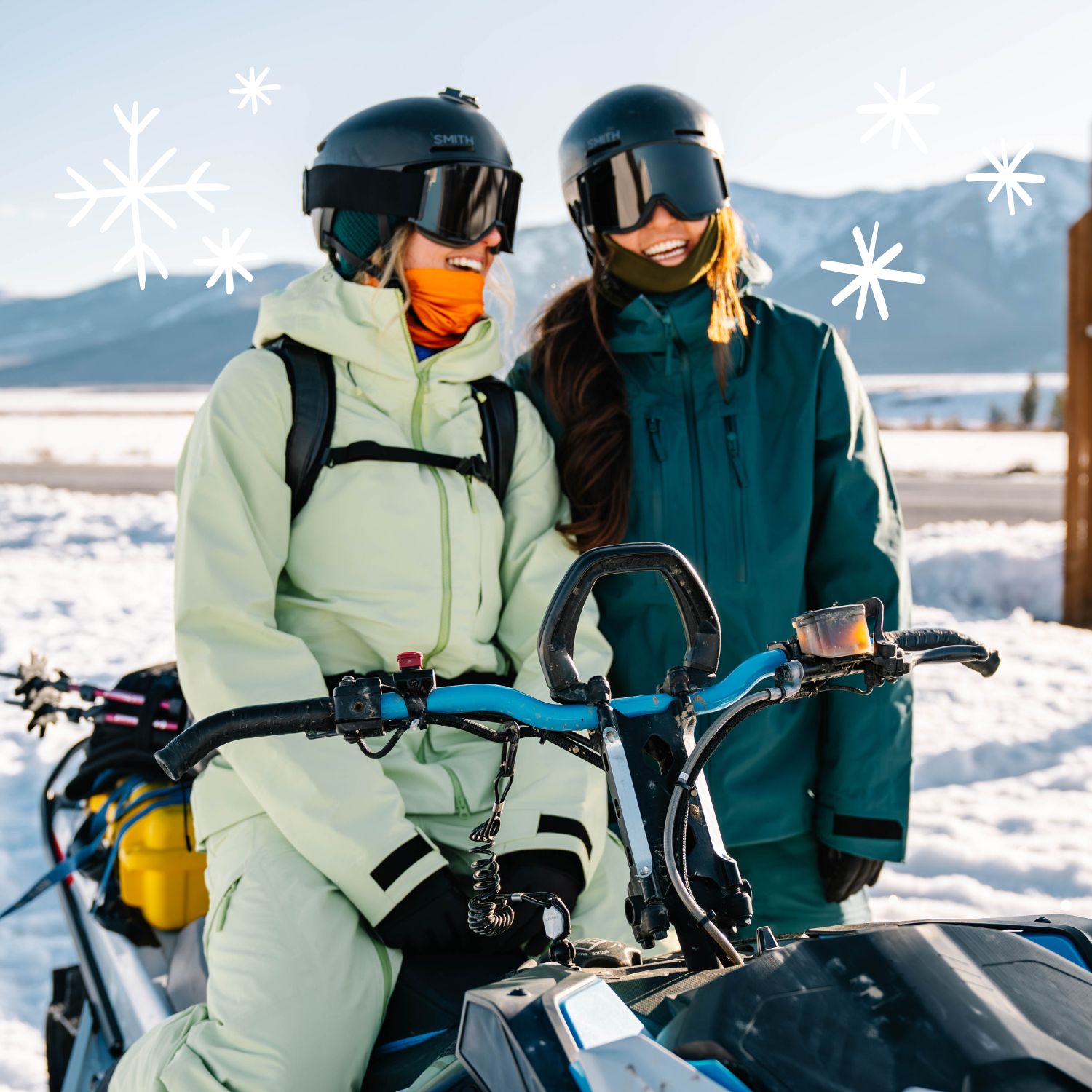
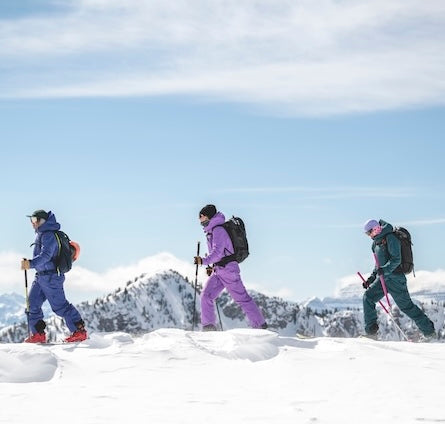
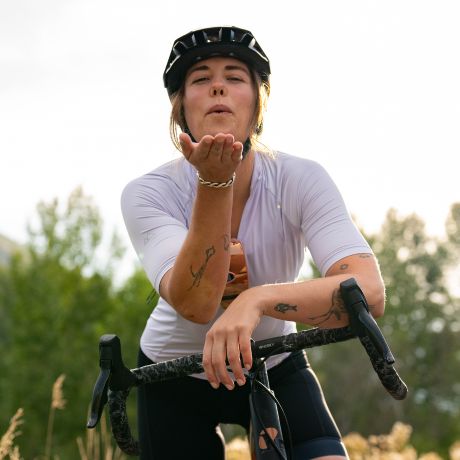


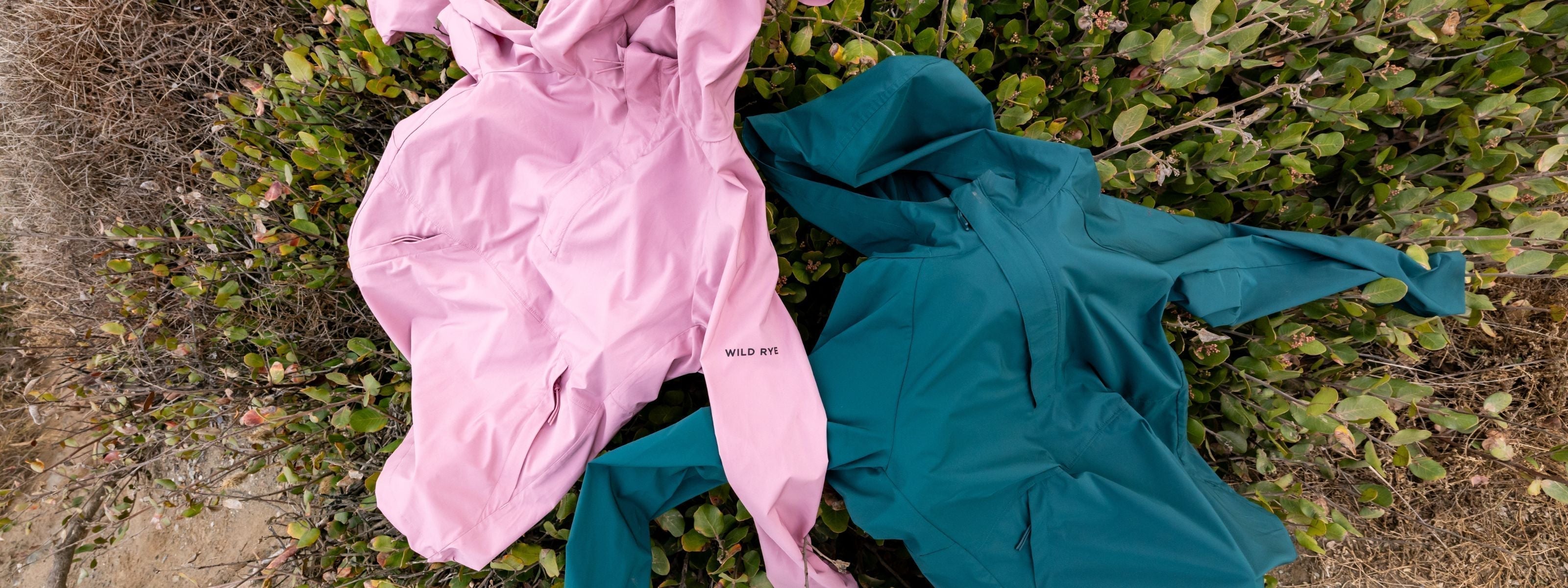
Leave a comment
This site is protected by hCaptcha and the hCaptcha Privacy Policy and Terms of Service apply.